You’ll be amazed how far you can stretch your budget on a plant-based diet when things are tight. All you need are a few thoughtful strategies.

None of us are immune to the rising cost of inflation and the way it has impacted our wallets. And, one place this is felt the most is our grocery budget. I have five children and our grocery bill, next to our mortgage, is our largest expense.
The fact is it doesn’t look like it’s going to ease up anytime soon. As a matter of fact, grocery prices increased close to 3% in 2022. That doesn’t sound like much but when you look at that in addition to inflation, yeah, it hurts.
So, how does all of this impact healthy eating and shopping for vegan food items?
A lot of people still live under the delusion eating a healthy diet that is whole food plant-based is expensive and only for the well-heeled elite. But, that is simply asinine and shallow-minded. It’s just contempt without evidence.
Preparing delicious vegan meals can be very thrifty.
I decided to visit my local grocery store a few weeks ago just to compare prices. And, I had several reactions ranging from humor, anger, sadness, and overall disbelief.
I started out looking at the costs of milk, eggs, and meat. And, I could not believe my eyes! It’s been almost 10 years since I’ve bought any animal products, but to say I was shocked would be an understatement. Once I collected myself and caught my breath I started looking at healthy plant-based foods.
I looked at staples like beans, rice, whole grains, oats, frozen fruits and vegetables, and store brand non-dairy milk. It wasn’t even close. These products were far more affordable than anything in the meat section.
Now, that’s not to say prices had not increased. The cost of fresh produce has gone up. But, compared to the unhealthy animal product alternative it wasn’t even close.
Bottom line, we all know prices have gone up and we are all experiencing the discomfort and strain. However, there are ways to strengthen your money when shopping and enjoy healthy plant-based eating on a budget.
Table of Contents
How To Shop Plant-based On A Budget
These are some of the best tips we’ve found to help us save when we are grocery shopping. And, you might be surprised how far it goes if you follow these simple basic tips.
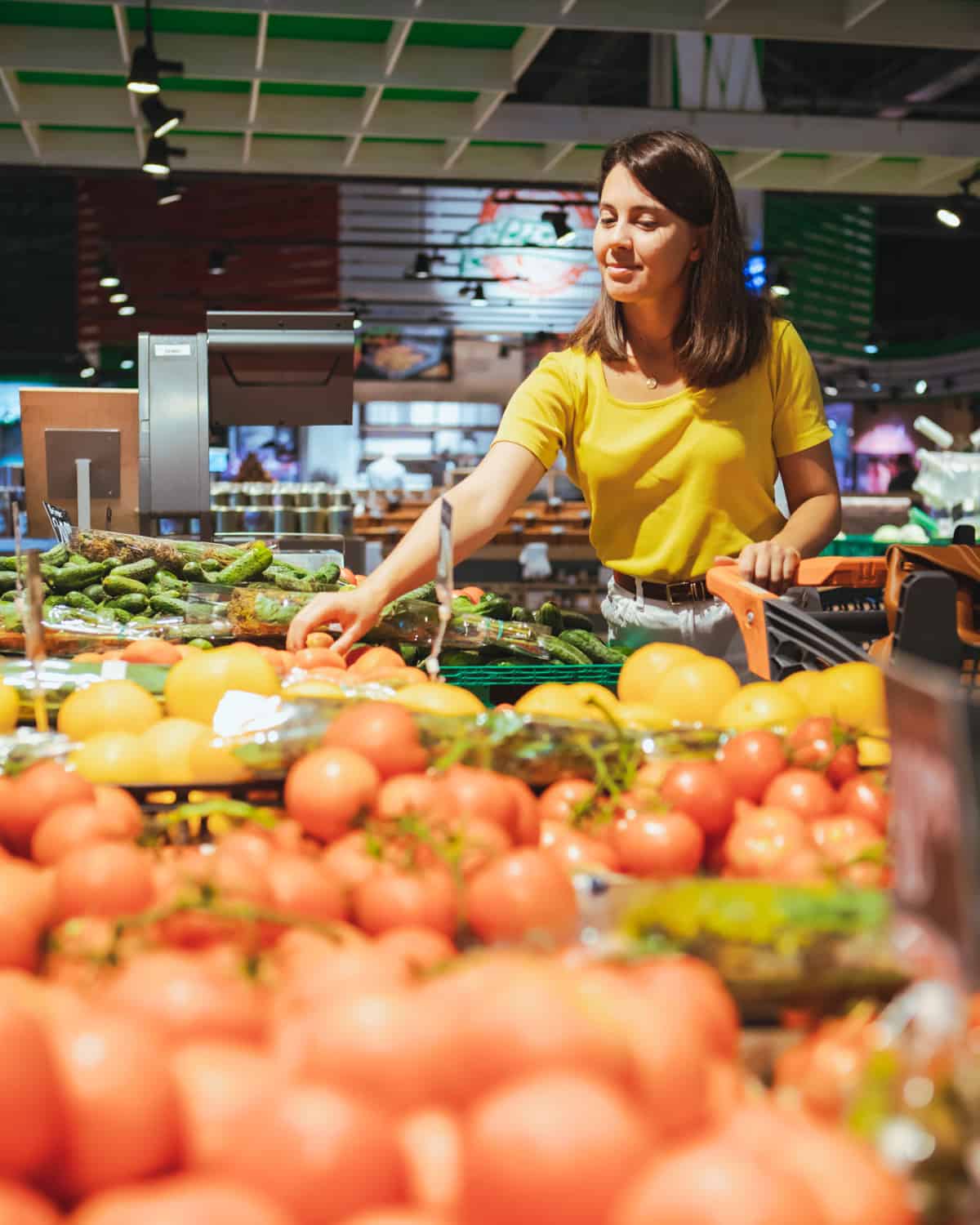
Use What You Have
This is one of the best ways to save money. I’m always constantly amazed at how much food is in my refrigerator and pantry after a shopping trip. It’s almost embarrassing.
The fact is we, as humans, get bored very easily. So, some of our trips to the market are unnecessary.
Take a look in the fridge and pantry to see what you have on hand. I’ve found there’s usually enough to make soup, chili, pancakes, and other things for at least a week.
Also, using up what you have will make planning your shopping trip much easier. And, you will cut down on some very unnecessary food waste.
Eat Your Leftovers
I always struggle with this and sometimes end up throwing food away because I let it sit in the fridge too long. But, you can save some cash by simply reheating your leftovers and enjoying a cheap vegan meal.
Variety is not always the spice of life. Sometimes consistency and simplicity win the day for the old pocketbook.
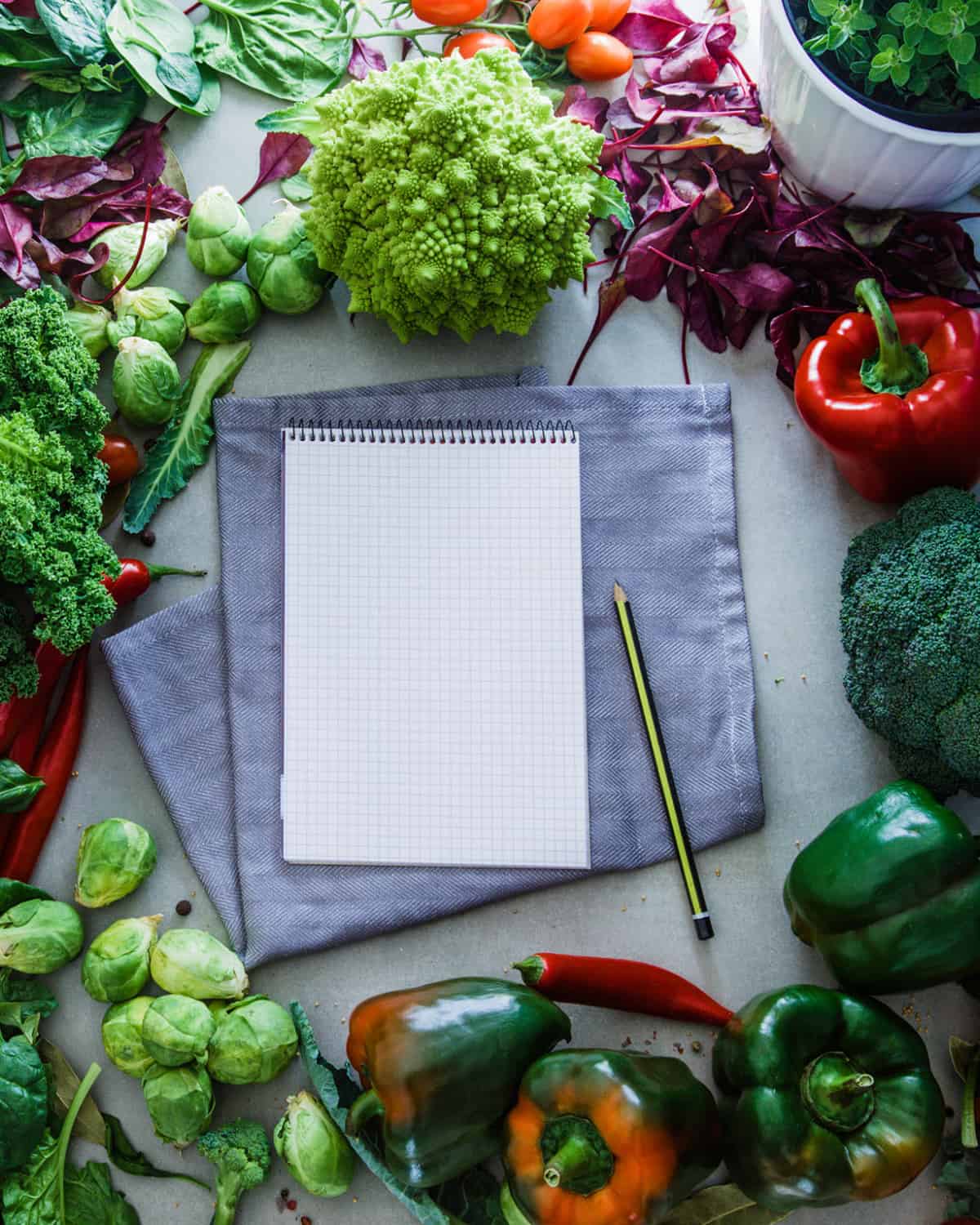
Plan Your Shopping List
I hate meal planning and prefer to cook things on a whim. But, creating a weekly meal plan and building your grocery list around is a good way to save some cash.
So, make a list and try to stick to it. It might not be easy or convenient, but it’s better than blowing up your bank account.
You’ll be surprised how much money you will save just by sticking to a plan. Check out these 20 Easy Make-Ahead Plant-based Meals.
Don’t Get Hung Up On Organic Foods
Try and find the best deals you can on organic foods, but don’t let it dictate your final decision. You can end up spending a lot of money before you know it.
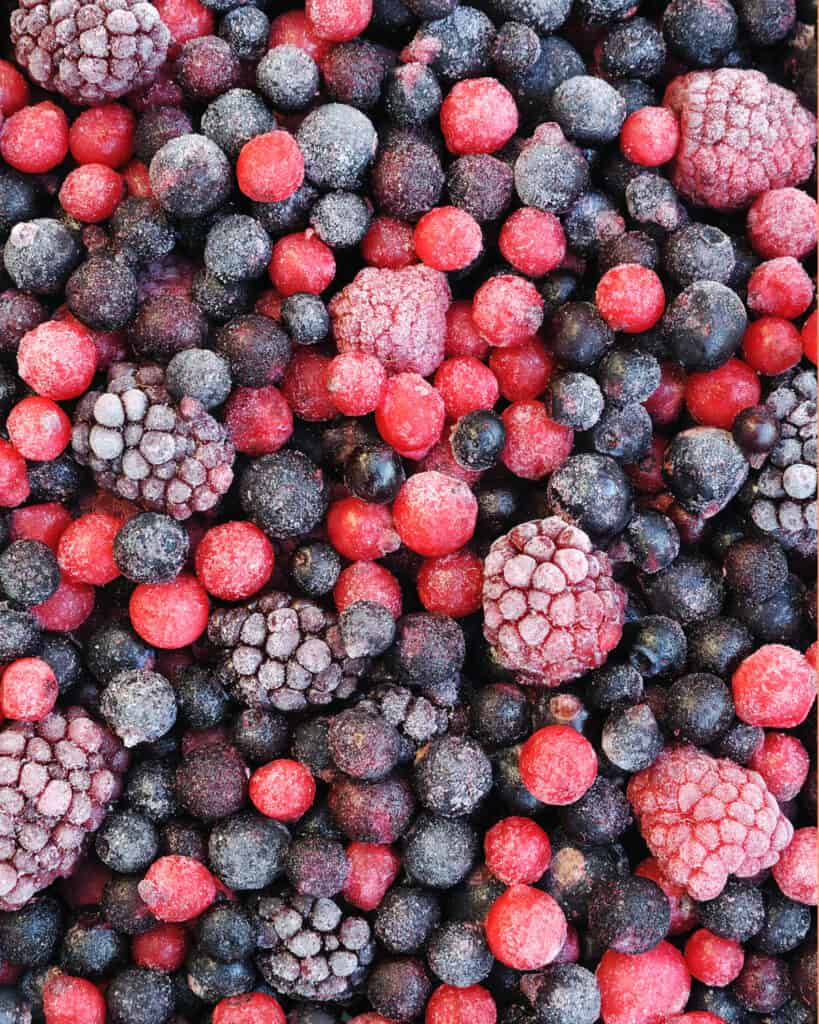
Stock Up On Frozen
Frozen fruits and vegetables are a great way to save money when it comes to your grocery budget. They keep for months, retain their nutrients, and prevent you from wasting fresh produce that didn’t get eaten in time.
It’s crazy what you can buy. There’s cauliflower rice, squash, broccoli, asparagus, stir-fries, mixed vegetables, and anything else you can imagine! The best part is that frozen food has managed to stay less expensive than fresh and frozen keeps longer.
Don’t get me wrong. I love fresh fruits like apples, bananas, and oranges. But, now, we buy just enough of those for the week. And, everything else is frozen.
We bought a freezer for 170.00 a couple of years ago specifically for frozen items. And, we keep it stuffed. Some things have been in there for over a year and are still good.
Don’t Buy Vegan Specialty Items
Put down the vegan cheese, mayonnaise, and mock meats. They’re super expensive, not healthy, and not necessary. If you are going to purchase these items wait until special occasions like family gatherings or holidays.
Farmers Markets
We love shopping local as much as possible and farmers markets are a great way to do that.
Buy Store Brands
Store brands are usually less expensive than name brands and just as good. Grocery stores produce their own private label items to cut out the middleman.
But, most times major brands simply package your favorite product and label it as the store brand. Compare the prices before tossing them into your cart.
Shop At Different Stores For Different Items
My wife and I like to do what we call “spot shopping.” We will try and purchase certain items at certain markets or stores.
For example, when we lived in Charlotte, we would purchase all of our canned beans at Whole Foods. We found we could buy Whole Foods 365 brand with no salt added beans cheaper or at the same price as any other market.
We bought our organic almond milk, bread, fresh produce, and pasta at Aldi. And, for any other odds and ends, we shopped at places like Publix, Food Lion, Walmart, etc.
Yes, our shopping trips were usually a couple of hours but we enjoyed getting out.
Buy Bulk Items
Try and shop at stores that have a bulk section. You can usually get a really good deal on vegan staples like brown rice, black beans, pinto beans, and other dry products,
And, they are shelf-stable for a long time.
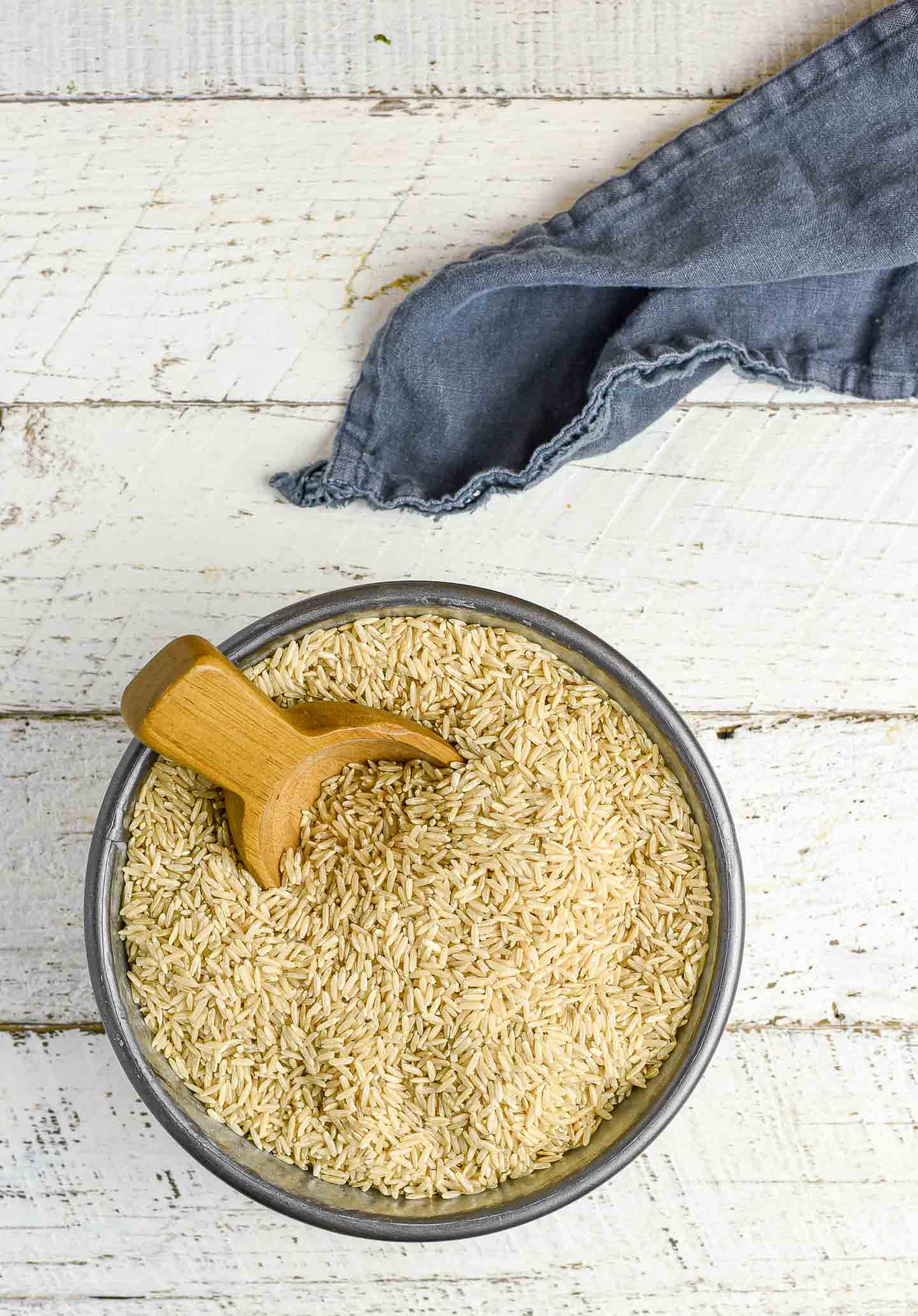
Coupons and Food Apps
Coupons are a great way to save money and find a good price on some of your favorite items. In fact, many stores their competitors offer. If you’re not sure…ASK?
Also, don’t just buy what is cheaper, check the unit price on the sticker and see how much you are paying per ounce.
There are also some great money-saving apps specifically for grocery savings:
- Flipp is great because you simply enter your zip code and it generates digital flyers from participating local stores.
- Flashfood is another great option. This app will alert you when perfectly good food items are nearing their “sell by” date and you can buy them at a huge discount — sometimes up to 50%!
Hopefully, prices will eventually go back down. But, until then we just have to be more strategic and intentional with our shopping.
The home food budget is very important to everyone and with a little thought, we can make it easier on ourselves and our bank accounts.
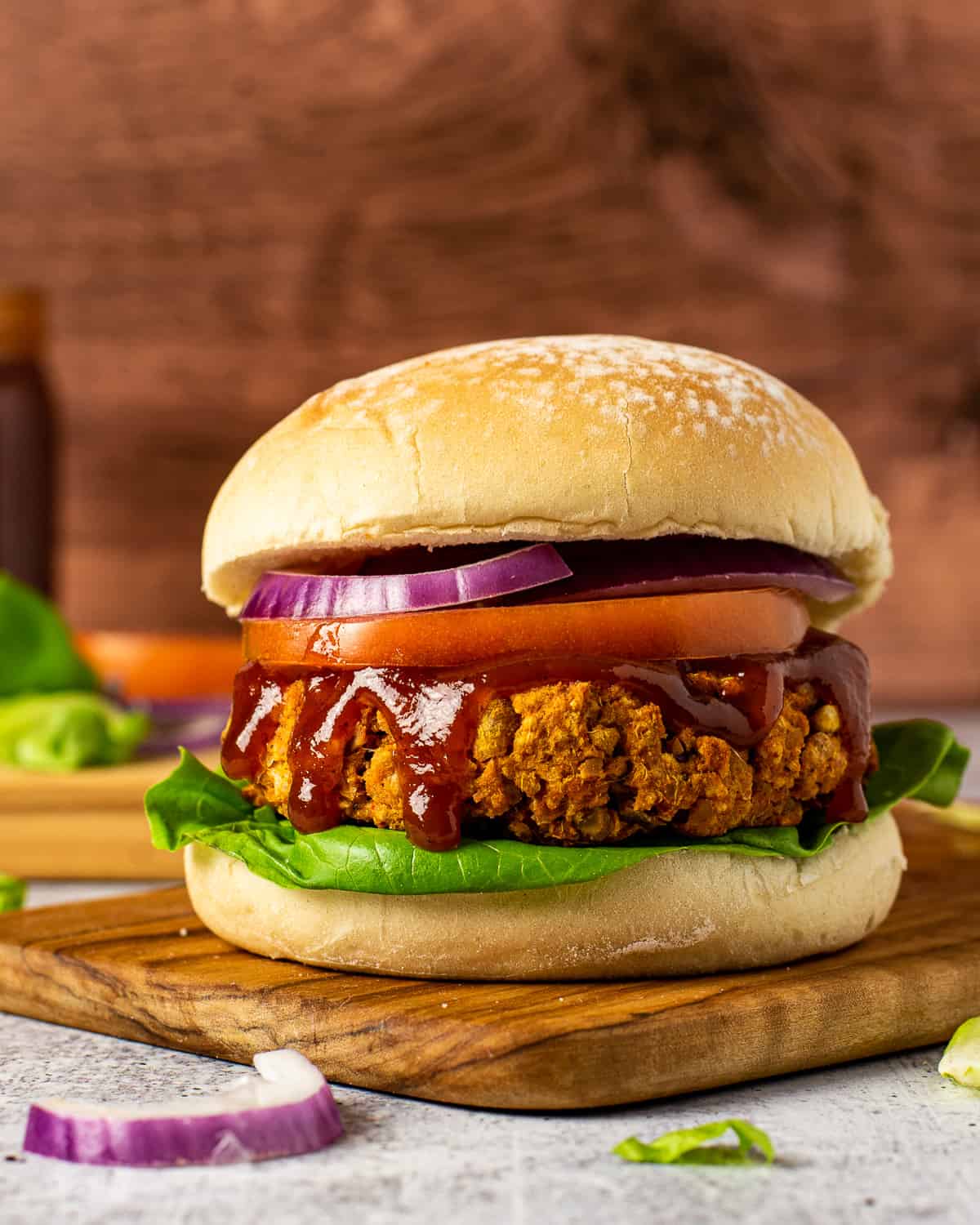
Healthy Plant-based Recipes
If you are wondering where to get started here are a few of my favorite “cheap”, but healthy recipes using common pantry staples.
These recipes require inexpensive ingredients and very little prep.
- Healthy Vegan Banana Bread
- Black Bean Chili with Sweet Potatoes
- Instant Pot Black Eyed Peas
- Whole Wheat Beer Bread
- Perfect Instant Pot Brown Rice
- Brown Rice and Lentils
- Instant Pot Vegetable Soup
- Chocolate Banana Oatmeal Cookies
The Best Vegan Banana Bread
The Best Vegan Banana Bread recipe is so easy to make and absolutely perfect! Using only 10 simple ingredients, it’s moist, healthy, oil-free, and so delicious! Ready in less than an hour from start to finish.
- Prep Time: 10 mins
- Cook Time: 45 mins
- Total Time: 55 minutes
- Yield: 1 loaf 1x
- Category: Vegan Breakfast Recipes
- Method: Baking
- Cuisine: Vegan
- Diet: Vegan
Ingredients
Wet Ingredients
- 3 very ripe bananas (the riper, the better)
- ½ cup maple syrup
- ⅓ cup unsweetened apple sauce
- 1 tsp. vanilla extract
Dry Ingredients
- 1 ½ cups whole wheat flour
- ¼ cup ground flaxseed
- 1 teaspoon baking soda
- ½ tsp. baking powder
- ½ tsp. cinnamon
- ¼ tsp. salt
Instructions
- Preheat oven to 350˚F and line a loaf pan with parchment paper or use a nonstick loaf pan.
- Place the bananas in a medium or large bowl and mash using a fork or potato masher. The bananas do not have to be completely smooth, it’s ok to have some small chunks for texture. Now, add in all the remaining wet ingredients with the mashed bananas and mix until everything is well combined.
- To a separate bowl add in all the dry ingredients and whisk them together. Then add to the wet and mix until everything is “just” combined. DO NOT OVERMIX. Think “pancake batter” consistency. A little thick with some lumps.
- Pour the batter into the prepared loaf pan and bake for 45-50 minutes. The banana bread is done once you insert a knife or toothpick and it comes out clean. Keep in mind all appliances are different so cooking time can vary several minutes one way or the other.
- Remove the banana bread from the oven and let it cool for a bit in the baking pan. Then, carefully remove it and allow it to cool, preferably to room temperature, on a cutting board or cooling rack. The longer you let it set the easier it will slice. The texture and flavor will get better as well.
- Slice, serve, and enjoy!
Notes
How Do I Make Vegan Banana Bread Muffins? Simply follow the same recipe, spoon the batter into a muffin tin lined with those little paper cups, and bake for 35-40 minutes. Silicone muffin pans are excellent as well. The muffins are done once you insert a toothpick and it comes out clean.
Can I make this vegan banana bread gluten-free? Use your favorite gluten-free baking flour or gluten-free oat flour. Bob’s Red Mill 1 to 1 Gluten Free Baking Flour is excellent.
How long will banana bread last? Simply cover in plastic wrap or store or an airtight container at room temperature on your counter for a couple of days. If you store it in the fridge it will last for up to a week. FYI, be sure and wrap it well in order to prevent it from drying out, especially once it’s been sliced.
How do you freeze vegan banana bread? You can store this banana bread for 2 months in a freezer safer container or storage bag. Let it thaw in the fridge overnight. I enjoy heating up a nonstick skillet and heating for just a minute or two on each side. It gets all warm and a little crispy around the edges. So good. You can also use a microwave to warm it up.
Ripe Bananas: Use only ripe bananas or overripe bananas. In other words, the browner the better. Bananas become sweeter the riper they get, thereby, allowing you to use less sweetener. You will also get a much better banana flavor.
Measure your flour: Use a measuring cup, fill it with the flour, then use the back of a knife to level it off.
Moisture Is Important: DO NOT leave out the applesauce. Remember, this recipe is oil-free and the applesauce is the oil replacement. If you don’t have unsweetened applesauce be sure and check out my list of Healthy Oil Replacements In Baking.
Optional Add-ins: This banana bread recipe is super versatile and works great with other ingredients. Toss in some vegan chocolate chips, chopped walnuts, pecans, dried fruit, or extra spices if you like. Make it work for you!
Bake time and oven temperatures can vary and are not always universally consistent when it comes to baking. This is what has worked for me and others, but be mindful of your appliances. A good practice is to make notes when something doesn’t work and make your adjustments going forward.
Nutrition
- Serving Size: 1 slice
- Calories: 167
- Sugar: 16.4 g
- Sodium: 143 mg
- Fat: 0.6 g
- Carbohydrates: 36.2 g
- Fiber: 4.2 g
- Protein: 3.8 g
- Cholesterol: 0 mg



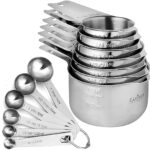
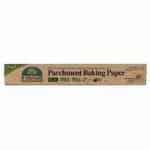
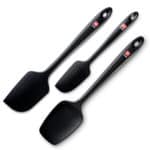
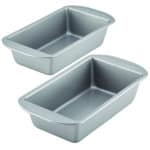
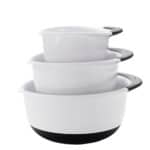
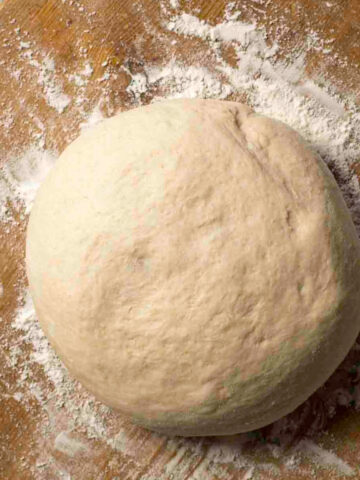
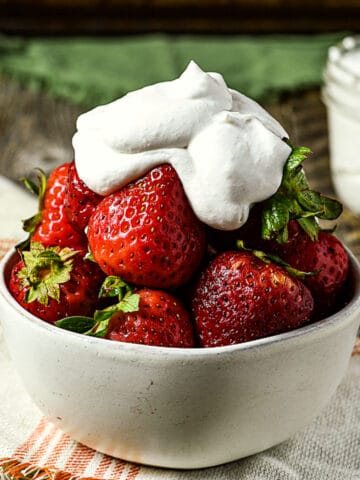

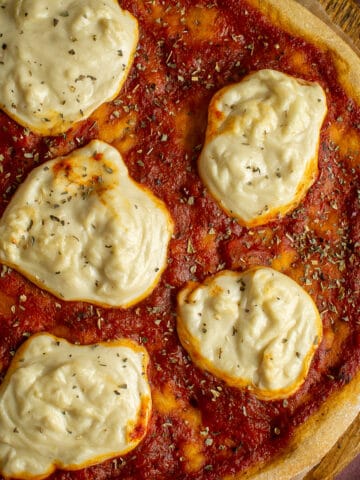
My husband and I have found that we LOVE your recipes a lot more than other WFPB recipes because yours have more flavor. Your Banana Bread is truly delicious and easy to make. Another one of our favorites that I have been wanting to write to you about are your SPICY VEGAN BREAKFAST SAUSAGE PATTIES. My husband and I have not only made them four time but we double the recipe each time and come out with at least 60 patties! Every Sunday we have a couple of the patties with our pancakes. Our two married sons that are not vegan even like those patties and that is saying a lot. THANK YOU for always coming up with delicious recipes.
This article is spot on! I remember when I first went WFPB, I didn’t know anything about nooch, liquid aminos, tofu, or dates as sweetener! I was following the Nutritarian Aggressive Weight Loss plan just as written. The only special food I bought was Almond Milk; everything else came from the produce or freezer section. My grocery bill went way down and, honestly, I haven’t really felt the pinch recently, either! Thanks for reminding us that this WOE can be truly, well, SIMPLE!
Your peanut butter cookies are a regular for us! Easy and delicious!
I love your recipes, Shane, I’ve printed and tried many of them, and I’m never disappointed. I figure if you cook for five children your recipes will be very good, because kids are major food critics!! 😄 I’ve made your Apple Banana Oat muffins twice in the past two weeks….absolutely wonderful! And this article is so accurate, too, and made me hang my head in shame as I throw away way too much. I’m a “cooking on a whim” type and also a mood eater (bad combo). I have a ton of salad stuff on hand right now and I haven’t been in the “mood” for a salad for days. My composter gets way too much food. 😞 I’m my defense, when I make food, I make a lot and we eat leftovers several times (because of my work schedule). Just wanted to say thanks…your recipes comprise the bulk of my collection! So, when are you going to publish a cookbook??!! 💖
Very timely article. I love the eat what you have advice. It’s easy to let things sit in the back of the cupboard or frig.
I have been planning my meals on a monthly basis since the beginning for the year and it has definitely saved money. I should note that it’s just me, which make planning easier.
I begin by seeing what I have in the freezer, frig, and cupboard and then plan some meals around the ingredients I want to use up. I only eat twice a day – lunch and dinner – so I make a list of enough lunches and dinners for that month.
The only difficult part of this plan is the fresh produce. I use a lot of frozen, especially fruit. I also like Misfits Markets and usually order produce from them once or twice a month, and use it within a week after it arrives.
I buy all non-perishables and any produce that will keep on a beginning of the month shopping trip. I usually end up going back to the store once or twice a month for other things. I’m a big believer that less trips to the grocery is an easy way to reduce your grocery costs.
If something goes awry with the plan (it’s the last week of the month, there are 3 meals on my planning list and I’m not in the mood for any of them), I’ve learned to look at what I have on hand, and create something from that. One of the things I really like are bowls; you can get very creative with those and use whatever you have on hand.
Thank you, Melanie!!!
Thanks for the great tips! I can’t wait to try those apps!
Great article! Already do much of what you advise but may I add one more? Just a suggestion. I’m not keen on leftovers but decided to change that since I hated throwing out food. When a few leftovers accumulate in the fridge, I make it an adventure to figure out what I can do to ‘recycle’ them into a fun menu OR we have one-a-week “reach-in” where we reach into the fridge and pull every leftover and have a smorgasbord. It ends up being fun! we each have a little leftover of this and that; sortof like a tastetest. I still don’t like leftovers personally but the rest of my family enjoys those ‘reach-ins’ nights.
I LOVE that idea! Getting creative is the key to making it work. Thanks for sharing.
Hi Shane. Great article. It is pretty easy to keep grocery costs under control by following your advice. Love that you have a freezer full of vegetables and fruit. I’d love to see more recipes explicitly using freezer staples. For example, what can I do with that bag of frozen green beans (besides boiled, of course)? I love your recipes.
Thanks!
Pam thank you so much and I appreciate your kind words. LOVE the idea for the post. I’m making a note right now:)
Awesome article.
Again thanks so much for all you do to help everyone.
Thank you so much!!!